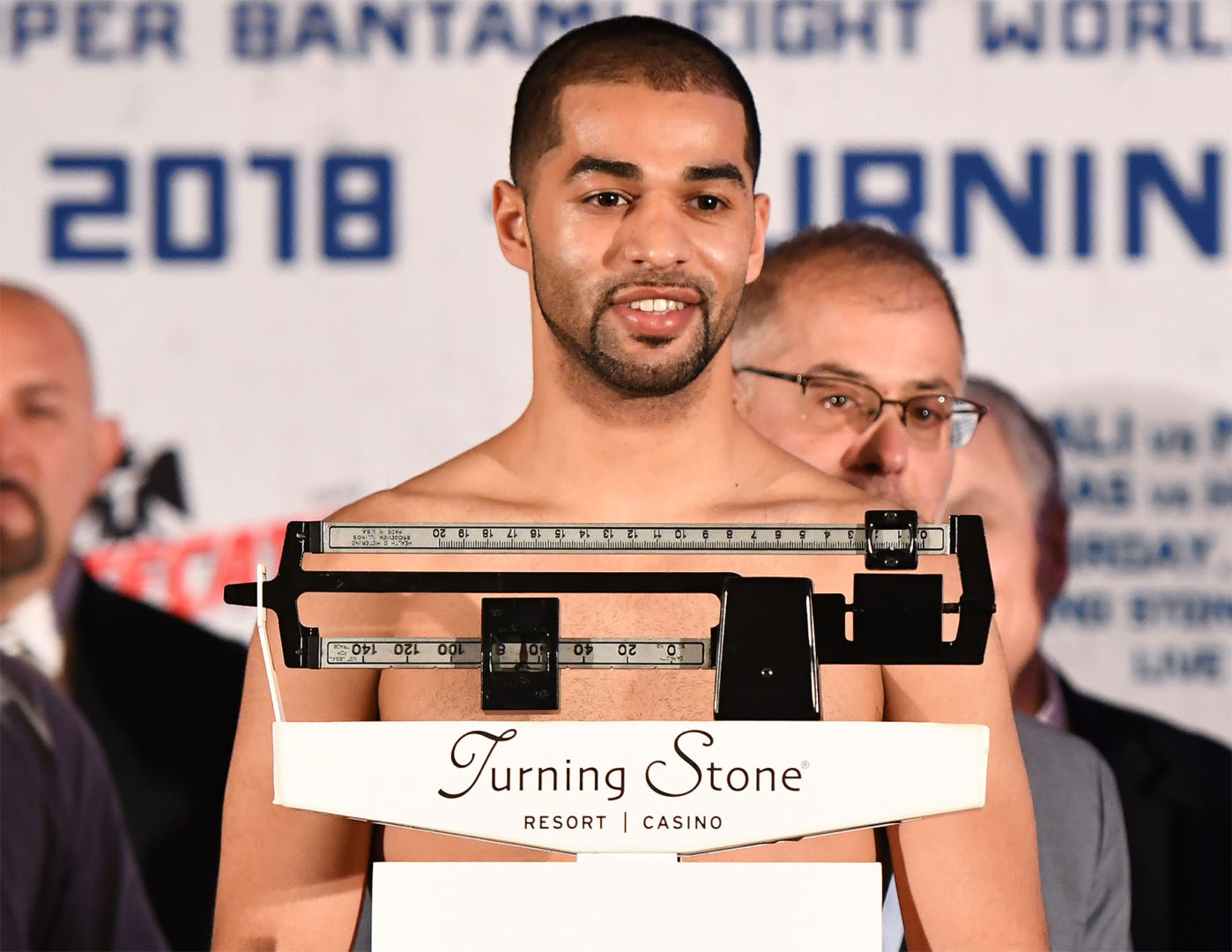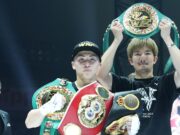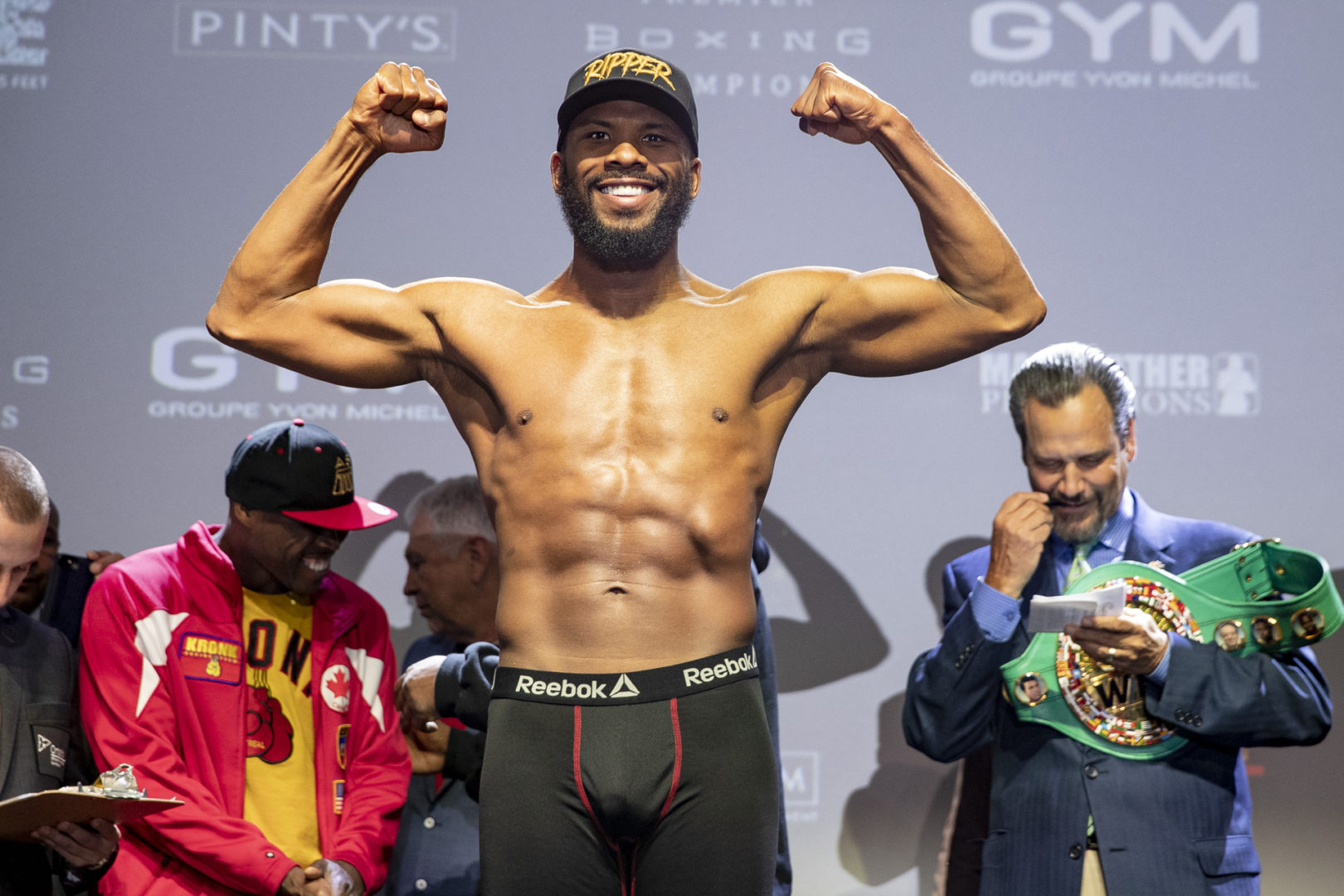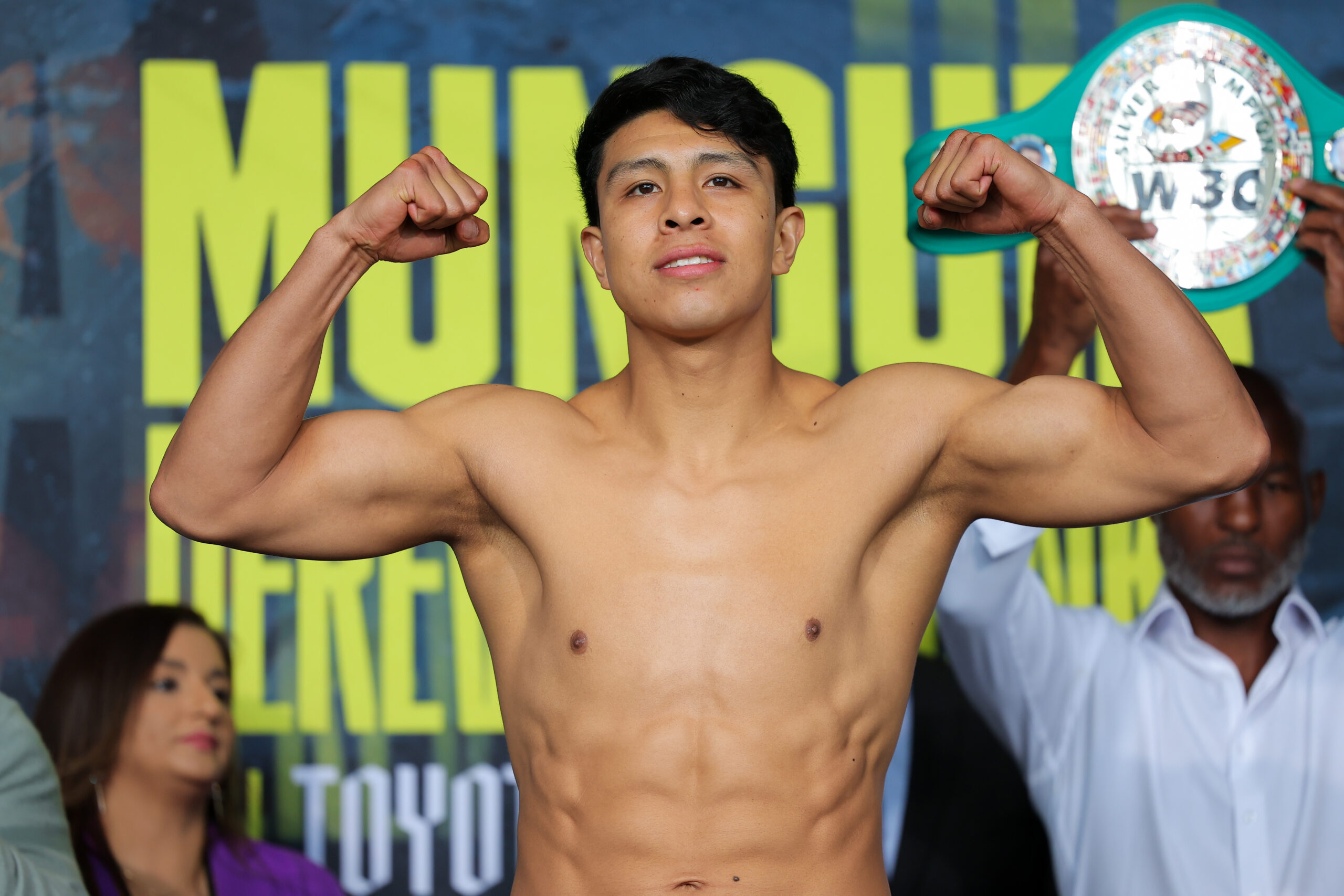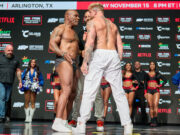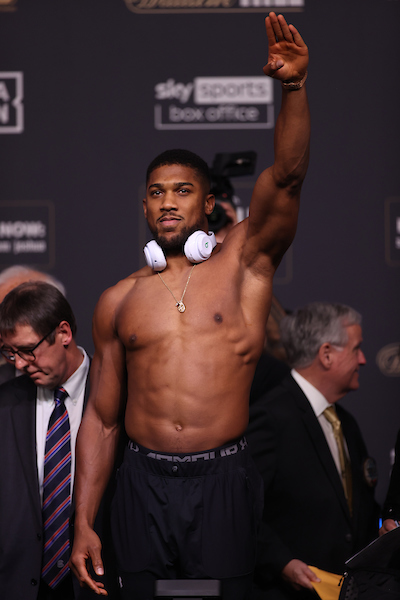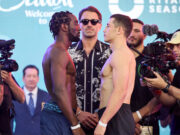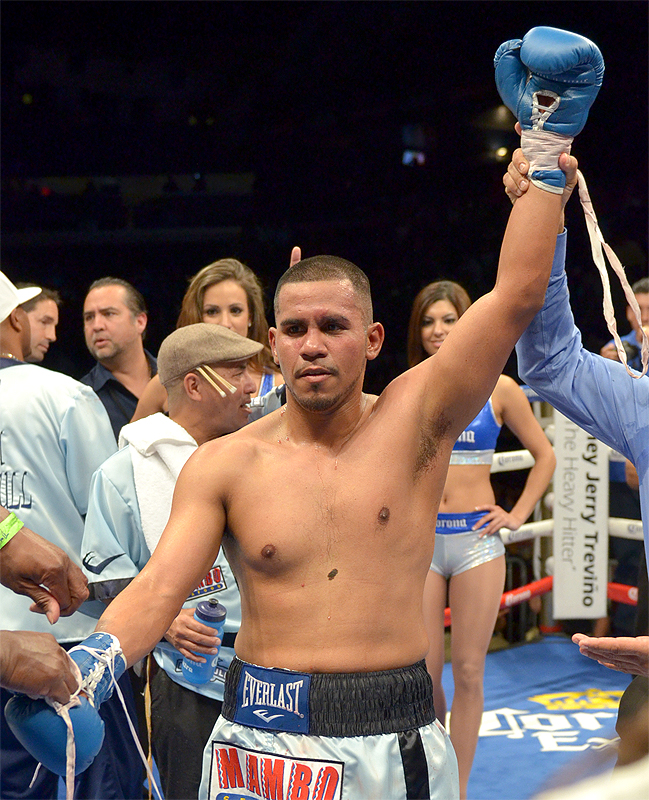
HOUSTON – Returned to Texas’ largest city and the fourth-largest city in our country, a day before a day we celebrate the father of our country’s birthday by acknowledging all the presidents’ birthdays in a single day because federal holidays, if mismanaged, might force the private sector to pay time-and-a-half, I looked across boxing’s landscape, barren yet again, and thought making a reciprocal tribute of sorts to a tribute of sorts was a workable idea. To wit:
This city’s Museum of Fine Arts’ “Age of Impressionism” is an exceptionally good exhibition that has little to do with boxing but may be instructive in its parallels to boxing writing, a discipline that requires a weekly entry even though nary a meaningful thing is yet to happen in prizefighting this year, as we enter 2014’s eighth week. And so, afforded a chance to celebrate Presidents Day, I made a Friday decision to spend Saturday and Sunday at Museum of Fine Arts’ outstanding exhibition, one I initially partook of in December and was prompted to revisit by a guest piece Kelsey McCarson wrote for us Tuesday.
In “Juan Diaz and the Age of Impressionism,” McCarson juxtaposes Juan Diaz and Pierre-Auguste Renoir, among others, in a way I’d not considered, or at least not quickly as I’d considered juxtaposing McCarson and other fine young boxing writers, Jimmy Tobin in particular, with mid-19th-century Paris’ Salon de Refusés, a groundbreaking show in 1863 that came about when works by Impressionism’s predecessors – Gustave Courbet, Édouard Manet and Camille Pissarro, most notably – got rejected by the Paris Salon, the French state’s annual recognition of its best painters, and held an exhibition of rejects that was successful enough to erect a bridge between an academic style Manet mastered and an entirely new movement whose greatest practitioner, Claude Monet, initially found himself accused by Manet of stealing the great man’s name. McCarson and others who write regularly and seriously about our beloved sport, and take the craft of writing seriously, have been denied entry in the Boxing Writers Association of America, our craft’s equivalent of the Salon, and might be well advised to form their own association of rejects – an idea McCarson toys with on Twitter.
This city’s Juan Diaz remains one of my most favorite fighters I’ve covered, though I cannot think of a painter or movement to whom I would readily liken his style. He’s not an Impressionist, he’s not experimental enough, and he’s not an academic or Renaissance type, either, as his use of offense as defense offends purists’ sensibilities. He might be a Modernist or Surrealist but for his never effecting stylistically radical devices; he’s not endeavoring to interpret anything so much as strike his opponent often as he can.
The worst part of visiting an art museum is its patrons. Most are not interested in seeing art so much as being seen seeing art – Kelsey McCarson and his wife, of course, being noble exceptions – and the audio tours and white-plate explanations museums proffer do not palliate this. Viewing others viewing “The Age of Impressionism” shows all too clearly what is wrong with fields like art history, where future curators expend many times more time memorizing biography than practicing technique.
What makes unique the Impressionist painters, Monet and Eugène Boudin, especially, but also Renoir when he is best, as he is in MFAH’s current exhibition, is not that they painted outside or quickly or with fewer layers than Renaissance masters but that they offered an original rebuttal to the invention of photography, not an effort to imitate it. Perhaps the best piece in MFAH’s exhibition is Monet’s “Spring in Giverny,” a landscape done in light pastels. It is best, and Monet is his movement’s best artist, because it improves proportionate to the time one spends before it.
Writing about Renoir’s “Sunset at Sea,” McCarson partially captures why: “Isn’t this completely unlike any picture even the most advanced camera could help you collect?” It is exactly that because it is binocular, using the requisite imperfection of images pieced together with data from two different points, à la human sight, and not monocular, as photography is. Impressionism captures a moment, and in any moment, a human eye is unable to see with its fovea, the part that perceives fine detail (the part of the eye with which you are able to read no more than two of these words at a time, regardless of font), more than a comparatively tiny percentage of what its eye perceives. All the rest is perceived in the periphery and necessarily coarse.
Human peripheral vision is marvelous and comprises what stimuli necessarily compose our senses of things. Peripheral vision, and the brain’s handling of its coarse data, are what the Impressionists were after, and for this reason, as one’s eyes fatigue, causing their neurons to misfire, the best of Monet and Renoir’s works begin to dance on the canvas, coming to life the same way, and for the same reason, Leonardo’s “Mona Lisa” smiles when you look her in the eyes but not the mouth.
The first work in MFAH’s “Age of Impressionism,” somewhat ironically, is a large portrait by William Adolphe Bouguereau, an academic painter whose later work “Admiration” received the highest award in the 1900 Paris Salon, 37 years after the first Salon de Refusés. And today, Claude Monet’s name is known even to philistines, while Bouguereau’s is lost to all but connoisseurs – something the BWAA’s membership committee might note.
Bart Barry can be reached at bart.barrrys.email (at) gmail.com



